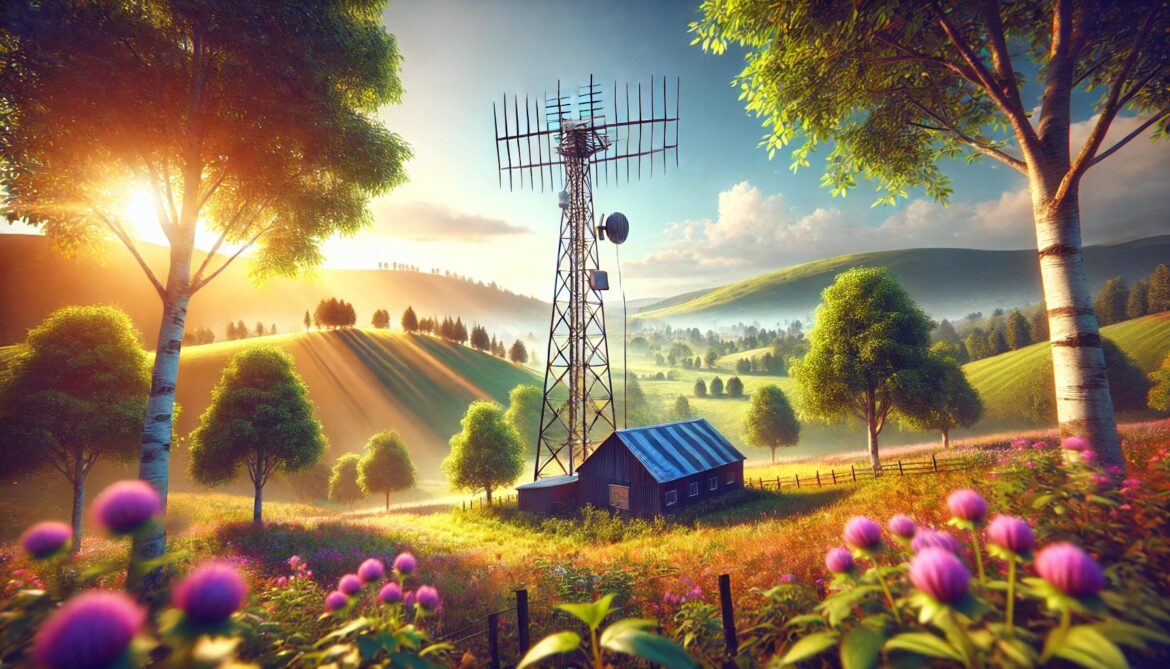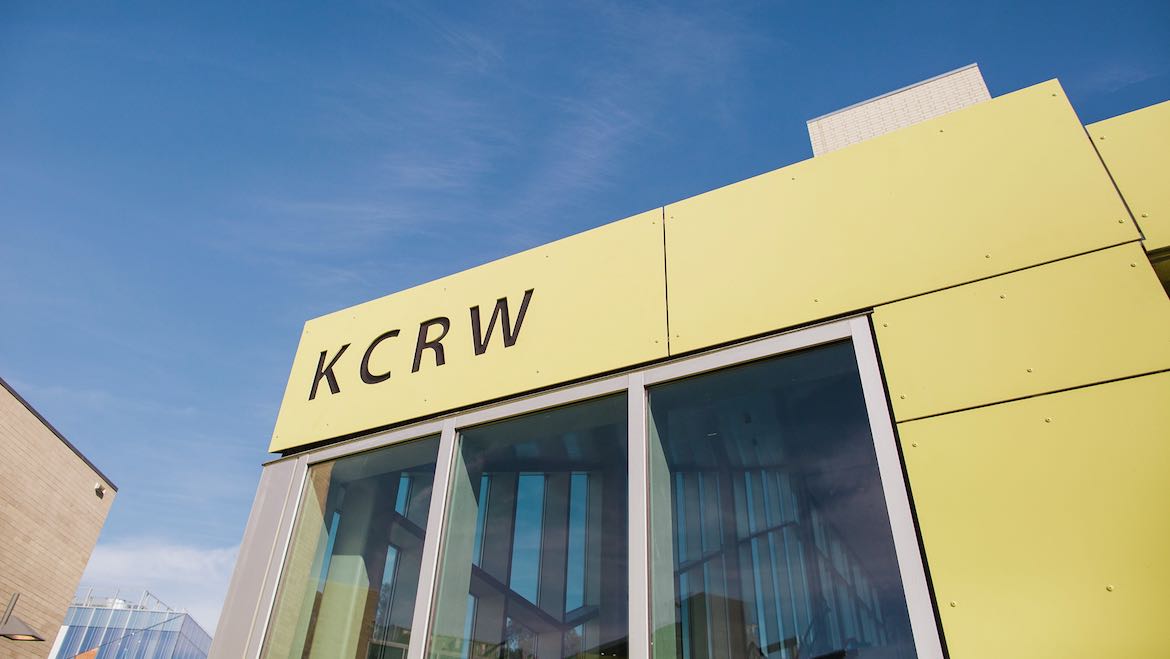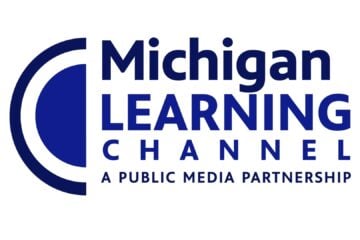Why advocacy for CPB funding must include our smaller community-based stations

Mike Janssen using DALL-E 3
In a recent webinar co-presented by Current about the future of public media, former Oregon Public Broadcasting CEO Steve Bass made a powerful observation: The public media ecosystem is as diverse as the communities it serves, and its subsectors have vastly different needs. Yet when the threat of federal defunding looms, the narrative too often centers on NPR and PBS.
Let me be clear: NPR and PBS are vital institutions. But they are not the entirety of public media. They are also better equipped to survive without federal funding, thanks to their roles as content producers and distributors with broad donor bases. The real risk of defunding CPB lies elsewhere — in the smaller, often overlooked stations that make up the heart of public media’s infrastructure.
These include Tribal stations, community radio stations, low-power FM broadcasters, Spanish-language stations, public access TV, and even religious nonprofit radio stations. These are the communication hubs for rural and underserved communities, providing essential local news, cultural programming and public safety information. Many of these stations are in red states, where they are lifelines for communities that have few other media options.
Defunding CPB would devastate these smaller stations, particularly those reliant on critical systems like the Public Radio Satellite System, the Emergency Alert System and SoundExchange agreements. These systems form the backbone of public media, enabling everything from emergency broadcasts to distribution of programming. Without CPB funding, these smaller stations could disappear, leaving significant gaps in the country’s civic infrastructure.
Consider this: 63% of the 200 member stations of the National Federation of Community Broadcasters operate on budgets under $100,000, and over half are in rural areas. These stations rely on volunteer labor and hyperlocal content to serve their communities. They may be the only source of local information in communities located in Guam, Hawaii, Alaska, Puerto Rico and remote areas across the mainland.
Recent attempts to defund public media failed in part because some Republican legislators recognized how much their rural constituents depend on these stations. But this narrow escape should serve as a wake-up call. The public media sector must broaden its advocacy narrative to fully include the smaller stations that are critical to the ecosystem’s health and vitality.
When NPR and PBS make the case for CPB funding, they emphasize the value of public media as a whole, including its role in public safety and civic infrastructure. This is the right approach, but we must go further. We need to explicitly highlight the importance of the smaller community-based stations that serve as lifelines in their regions.
Public media is not just about national news and flagship programs. It’s about the hyperlocal storytelling that preserves cultural heritage, connects neighbors and provides life-saving information during emergencies. It’s about ensuring that every community, no matter how remote or under-resourced, has a voice and a way to access fact-based information in an emergency.
If you care about the future of public media, I urge you to learn more about these vital but often overlooked stations. Visit NFCB to understand the challenges and successes of small, community-based broadcasters. Explore Native Public Media to learn about the essential role Tribal stations play in their communities. Learn more about HBCU radio stations through the HBCU Radio Preservation Project and check out the Alliance for Community Media.
The strength of public media lies in its diversity and its ability to serve everyone, from the largest cities to the smallest rural towns. Let’s make sure our advocacy reflects that. By including all stations in our conversations about CPB funding, we can ensure that public media remains a lifeline for communities across the country — no matter their size or location.






Bravo Rima! Well said.
I manage a low-power FM Community radio station in the Dayton Ohio area. We are a 501c3 and staffed by 100% volunteers with 100% of our funding from listeners. (WSWO 97.3FM) We are totally independent and on our 21st year on the air.
For my day job, I direct the radio reading service for the blind and handicapped. (Also in Dayton) Funding comes from the parent agency, matching what the state subsidizes makes my budget. All volunteer readers, I have two paid staff members. We ar her bottom of the radio food chain as we are classified SCA/ subcarriers.you must have an SCA receiver (we provide for free) to access the service. We also stream. There are 6 of us for the state of ohio but they are in every state. Unlike the independent WSWO 97.3FM, reading services are funded the same as public tv and radio. I fear that our blind community may lose this service as a result of the many distressing directives are being rolled out of Washington.